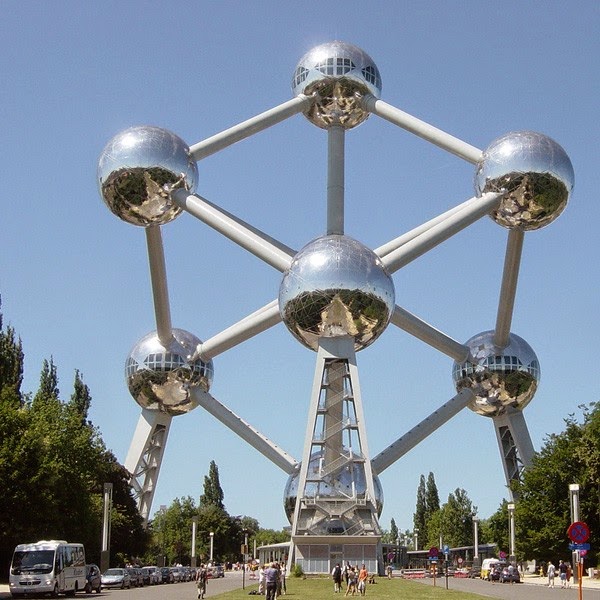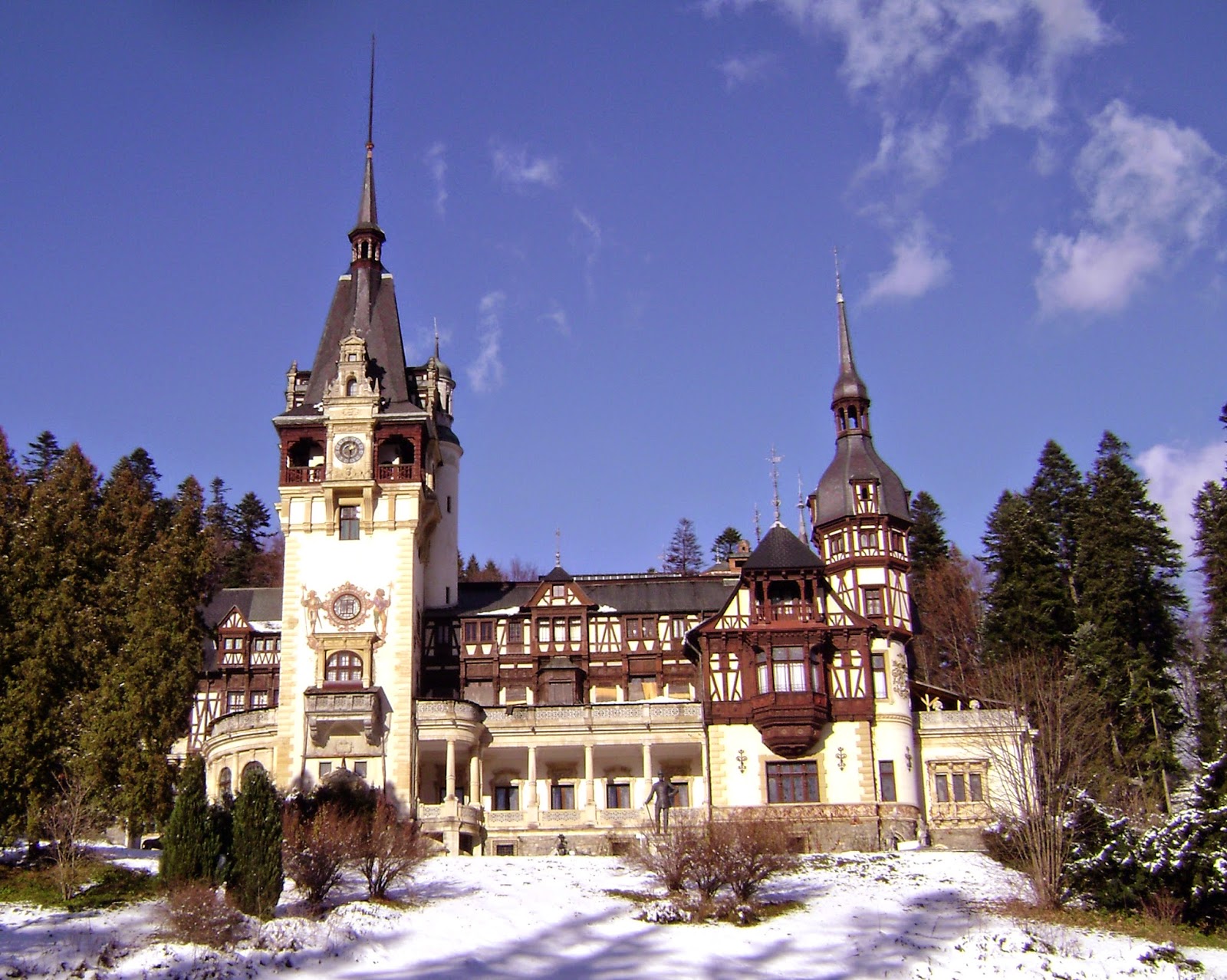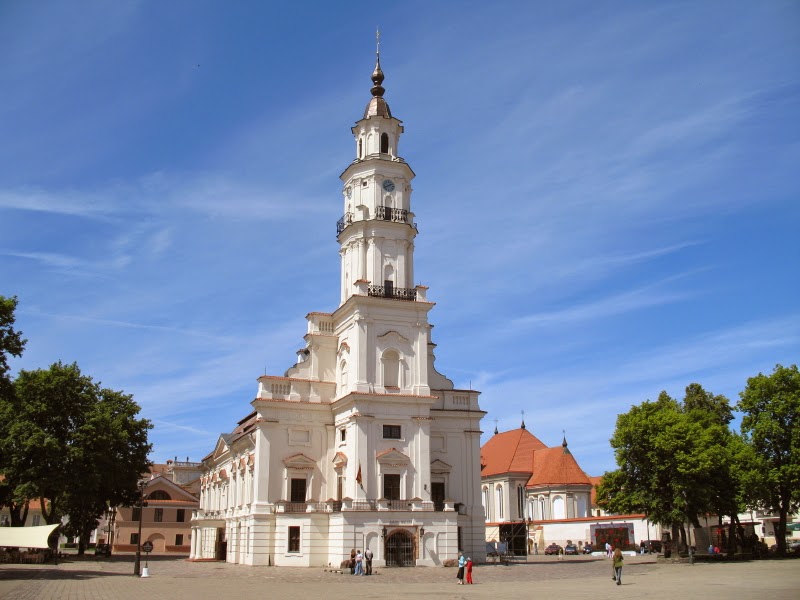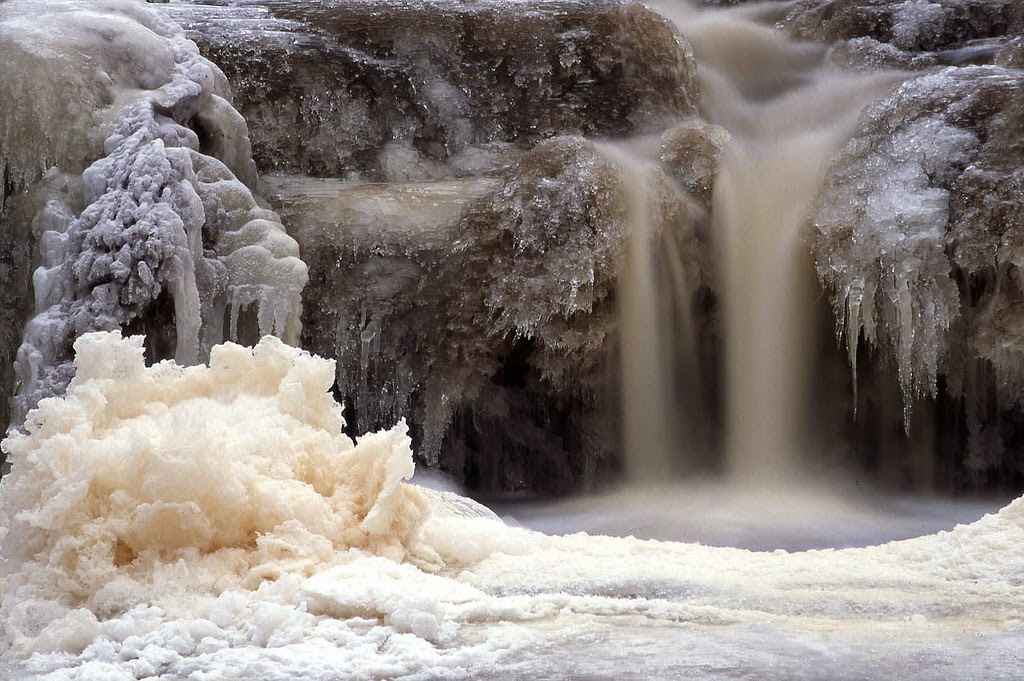,
The country is a founding member states of the European Union and became the capital of the European Union, and other international organizations, including NATO. Belgium covers an area of 30,528 km ² and has a population of about 10.5 million people.
Located on the border between the two cultures between the Germanic and Latin, Belgium is a country of two ethnic groups, the Flemish and French, which are mostly small group is a Walloon and German speakers.
The name 'Belgium' is derived from Gallia Belgian, a Roman province in the far south area of Gaul that was inhabited by the Beluga, a mix of Celtic and ethnic Germans. Of history, Belgium, Netherlands and Luxembourg is known as bottom Countries, which used to occupy a larger area of the Benelux group of nations today. From the Middle Ages until the 17th century, the area has become a center of commerce and culture. From the 16th century until the Belgian revolution that occurred in 1830, a lot of fighting a civil war and frequent European powers in the area of Belgium, causing it dubbed the "Field of the European War and the" cockpit of Europe "- a reputation be strengthened by both World Wars . while getting its independence, Belgium participated actively in the Industrial Revolution, making it stronger and require a lot of material; last aspect is a factor arising from the time of the Kingdom of Belgium Colonial
From the reviews Geographic, the two biggest areas of Belgium are Dutch-speaking region which is the area of Flanders in the north, with 59% of the population as a whole, and the region Francis- speakers located in the southern part of the Walloons region, with a population of 31%. Brussels Capital region, although officially have two national languages, but generally speaking Francis speakers that dominate this enclave. Whole territory was in the Dutch-speaking Flemish region, and has a population of 10% of the overall population, but a small group of German speakers also live in the east of Waylon. The diversity of languages spoken in Belgium and political attitudes and cultural conflict reflected in the political history and a complex system of government.
of history certainly many beautiful historical places in Belgian and this is part of the historical value of the following
Located on the border between the two cultures between the Germanic and Latin, Belgium is a country of two ethnic groups, the Flemish and French, which are mostly small group is a Walloon and German speakers.
The name 'Belgium' is derived from Gallia Belgian, a Roman province in the far south area of Gaul that was inhabited by the Beluga, a mix of Celtic and ethnic Germans. Of history, Belgium, Netherlands and Luxembourg is known as bottom Countries, which used to occupy a larger area of the Benelux group of nations today. From the Middle Ages until the 17th century, the area has become a center of commerce and culture. From the 16th century until the Belgian revolution that occurred in 1830, a lot of fighting a civil war and frequent European powers in the area of Belgium, causing it dubbed the "Field of the European War and the" cockpit of Europe "- a reputation be strengthened by both World Wars . while getting its independence, Belgium participated actively in the Industrial Revolution, making it stronger and require a lot of material; last aspect is a factor arising from the time of the Kingdom of Belgium Colonial
From the reviews Geographic, the two biggest areas of Belgium are Dutch-speaking region which is the area of Flanders in the north, with 59% of the population as a whole, and the region Francis- speakers located in the southern part of the Walloons region, with a population of 31%. Brussels Capital region, although officially have two national languages, but generally speaking Francis speakers that dominate this enclave. Whole territory was in the Dutch-speaking Flemish region, and has a population of 10% of the overall population, but a small group of German speakers also live in the east of Waylon. The diversity of languages spoken in Belgium and political attitudes and cultural conflict reflected in the political history and a complex system of government.
of history certainly many beautiful historical places in Belgian and this is part of the historical value of the following
























